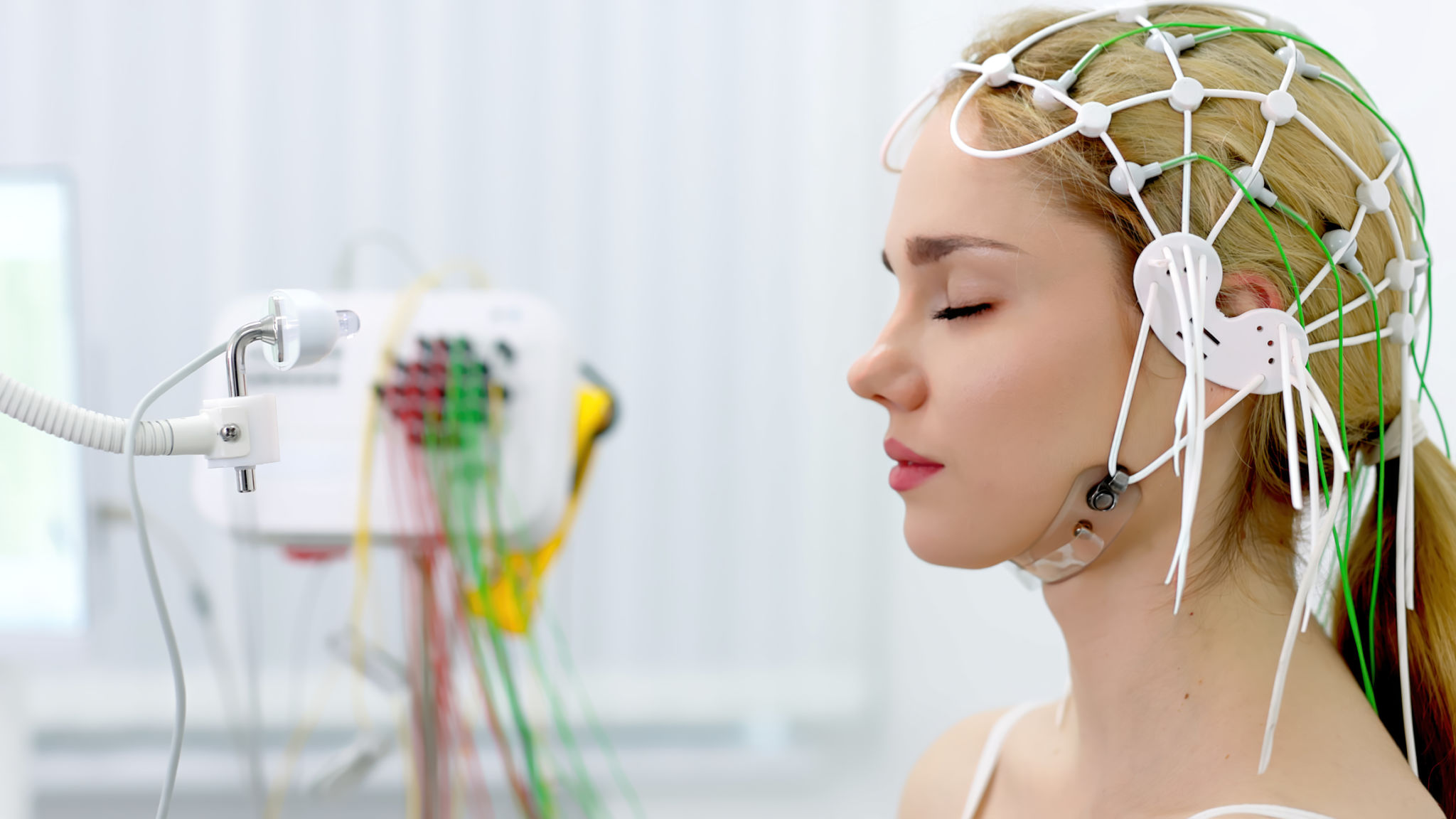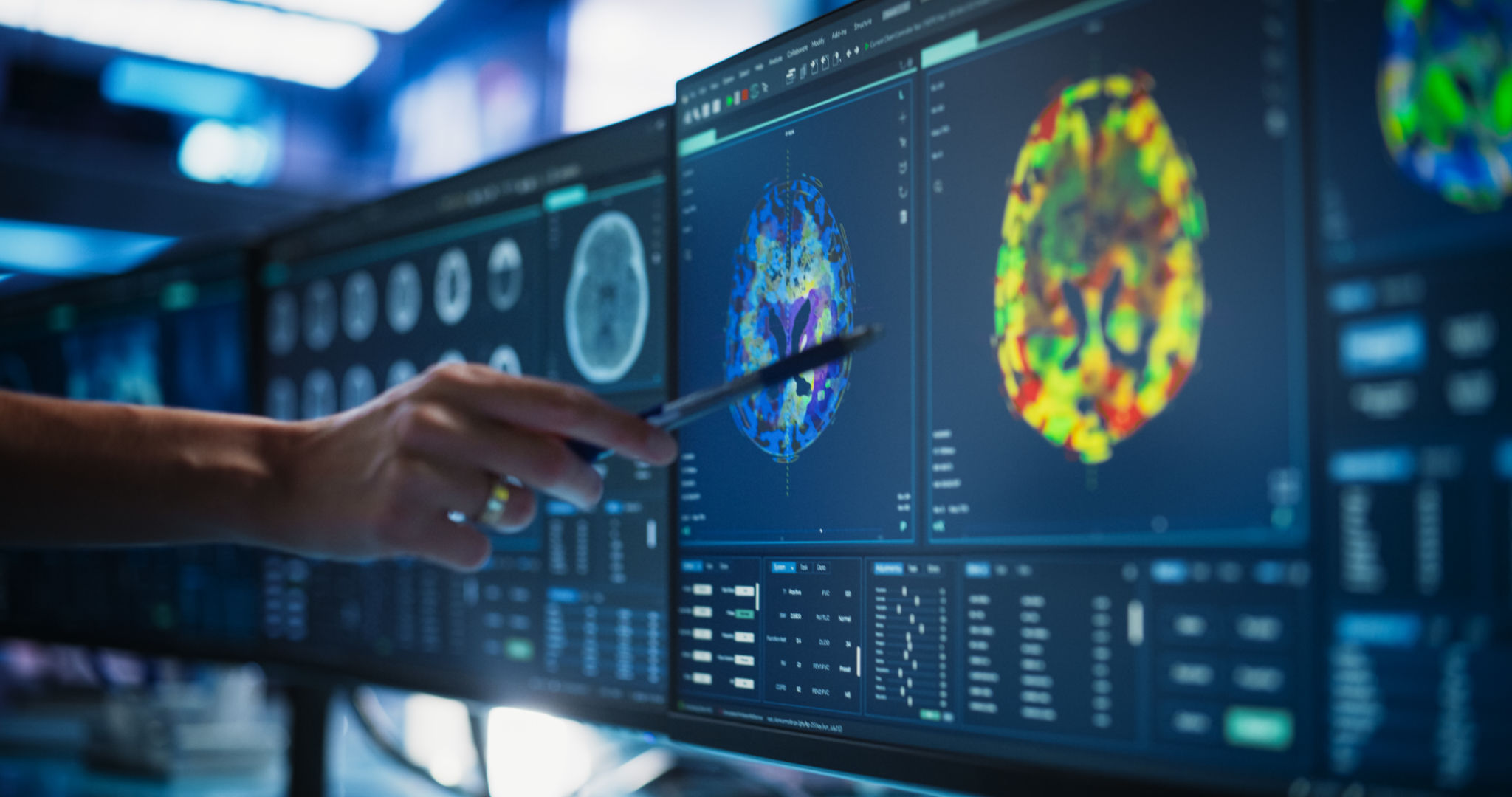EEG Testing vs. Other Diagnostic Methods: Making the Right Choice
Understanding EEG Testing
Electroencephalography (EEG) is a non-invasive diagnostic method that records electrical activity in the brain. It is a critical tool used to diagnose and monitor conditions like epilepsy, sleep disorders, and brain injuries. By placing electrodes on the scalp, EEG captures brain wave patterns that can indicate abnormalities. This method is particularly valuable because it provides real-time data, allowing for immediate insights into brain function.

Comparing EEG with MRI and CT Scans
While EEG focuses on electrical activity, Magnetic Resonance Imaging (MRI) and Computed Tomography (CT) scans provide structural images of the brain. MRI uses magnetic fields and radio waves to generate detailed images, making it ideal for detecting tumors, infections, and other structural abnormalities. On the other hand, CT scans use X-rays to create cross-sectional images, offering quick insights, especially in emergency situations.
Each of these diagnostic tools has its own strengths. EEG is best for monitoring ongoing brain activity, while MRI and CT scans are superior for identifying physical changes in brain structure. Therefore, the choice between these methods often depends on the specific condition being investigated.
EEG vs. PET Scans
Positron Emission Tomography (PET) scans measure metabolic activity in the brain by using radioactive tracers. This method is particularly useful for detecting areas of high or low metabolic activity, which can be indicative of diseases like Alzheimer's. While EEG provides real-time monitoring, PET offers a metabolic snapshot, making it invaluable for understanding disease progression.

Both EEG and PET scans are crucial in diagnosing neurological conditions, but they serve different purposes. For comprehensive analysis, a combination of both might be recommended, depending on the patient's symptoms and medical history.
The Role of EEG in Epilepsy Diagnosis
EEG is often the first choice for diagnosing epilepsy. It can capture abnormal electrical discharges or "spikes" in brain activity that signify seizures. By monitoring these patterns, healthcare providers can determine the type and frequency of seizures, allowing for tailored treatment plans.
For patients with epilepsy, regular EEG testing is essential to track changes over time and adjust treatments as necessary. This makes EEG a cornerstone in managing this condition effectively.

Advantages and Limitations of EEG
EEG is highly valued for being non-invasive, relatively inexpensive, and capable of providing immediate results. It’s particularly beneficial for long-term monitoring, such as in sleep studies or during surgical procedures.
However, EEG does have limitations. It cannot pinpoint structural abnormalities or offer detailed images like MRI or CT scans. Additionally, interpreting EEG results requires specialized training, as the readings can be complex and nuanced.
Making the Right Choice
Choosing the right diagnostic method depends on various factors such as the symptoms presented, the specific condition suspected, and the information needed by healthcare providers. Often, a combination of diagnostic tools provides the most comprehensive understanding of a patient's condition.
Consulting with medical professionals is crucial in making informed decisions about which tests are appropriate. They can guide patients through the process, ensuring that each test conducted contributes meaningful insights into their health status.